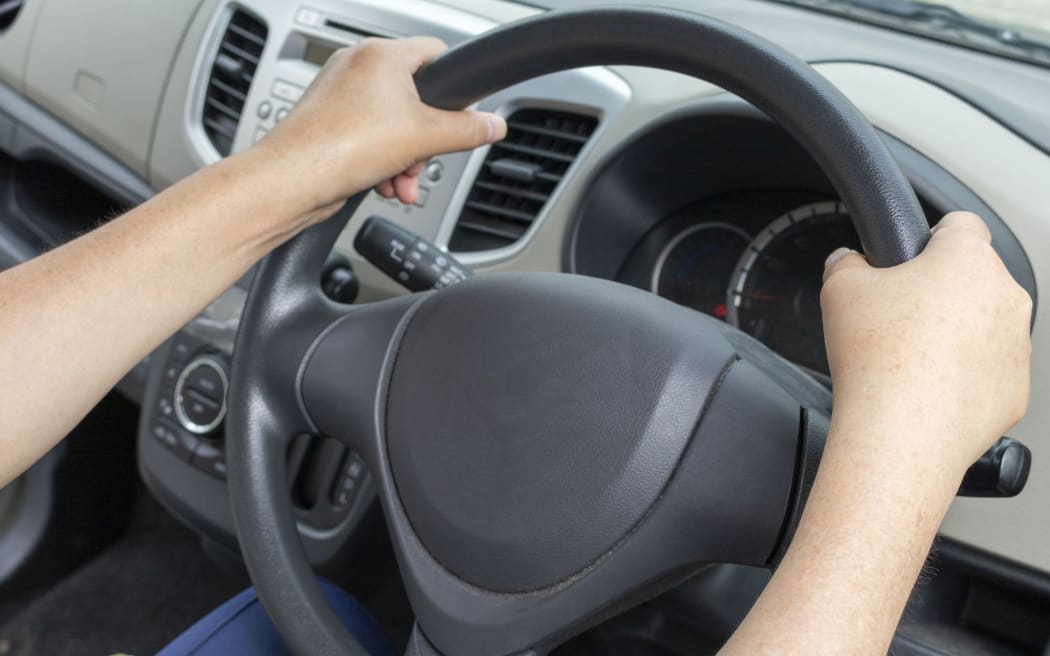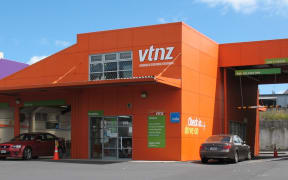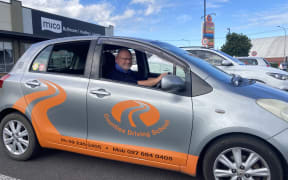
Photo: 123RF
A driving expert does not believe it is easier to pass a practical driver's licence test in rural areas.
According to data released by Waka Kotahi New Zealand Transport Agency, pass rates in 2023 were significantly lower in Auckland, Bay of Plenty and Wellington than elsewhere in the country.
Auckland's pass rates were the worst, with just 49.2 percent of applicants passing their restricted test and 55.7 percent passing their full.
In Bay of Plenty, 50.9 percent of applicants passed their restricted and 59.4 percent passed their full, while in Wellington, pass rates were 51.9 percent and 59.8 percent respectively.
Aotearoa's pass rates were highest in Taranaki, where 70.6 percent of applicants passed their restricted and 77 percent of applicants passed their full drivers licence tests.
Gisborne was the place with the second-highest percentage of restricted licence passes, at 68.2 percent, while the West Coast had the second-highest percentage of full licence passes, at 75.9 percent.
New Zealand Institute of Driver Educators president Mark Revill-Johnson told Checkpoint testing officers in big cities and rural towns were "very consistent" in they way they marked across the criteria.
He said if someone from Auckland was to drive to a more rural area in the hope it would increase their chances of passing, it might actually do the opposite.
"Smaller towns do tend to have these sort-of out of context traffic environments. If you're not familiar with them, you can just as easily find yourself in difficulty with one of those."
"When you're driving around in an unfamiliar area, it can put more pressure on the test candidate."
Revill-Johnson said it was "hard to say" why bigger cities had lower pass marks - but said it was likely to do with the number of people taking tests "skewing" the numbers slightly rather than testing officers being more strict.
If 10 people took a test in one place and one person failed, that would be a pass rate of 90 percent, whereas if 20 people took it and one failed, it would be 95 percent, he said.
Revill-Johnson accepted that Auckland may have a more difficult traffic environment for people taking their test, but extra congestion could actually work to their advantage, as they would be driving slower and have more time to see their surroundings.
A "big drop" in pass rates was seen when the current testing system was introduced, Revill-Johnson said. It went from the high 70s and 80s to the 40s.
"That was because things were set out a lot clearer and a little less discretion was allowed to the testing officer."
But Revill-Johnson said younger people taking driving lessons were doing better in the new testing system than any other age group.
He recommended people take driving lessons, saying: "We see things that parents perhaps don't see".




